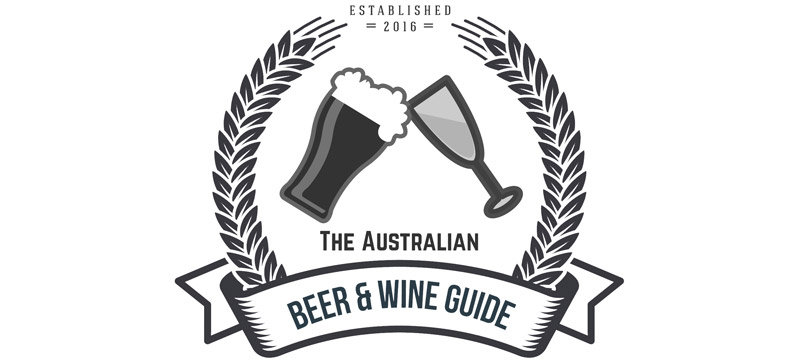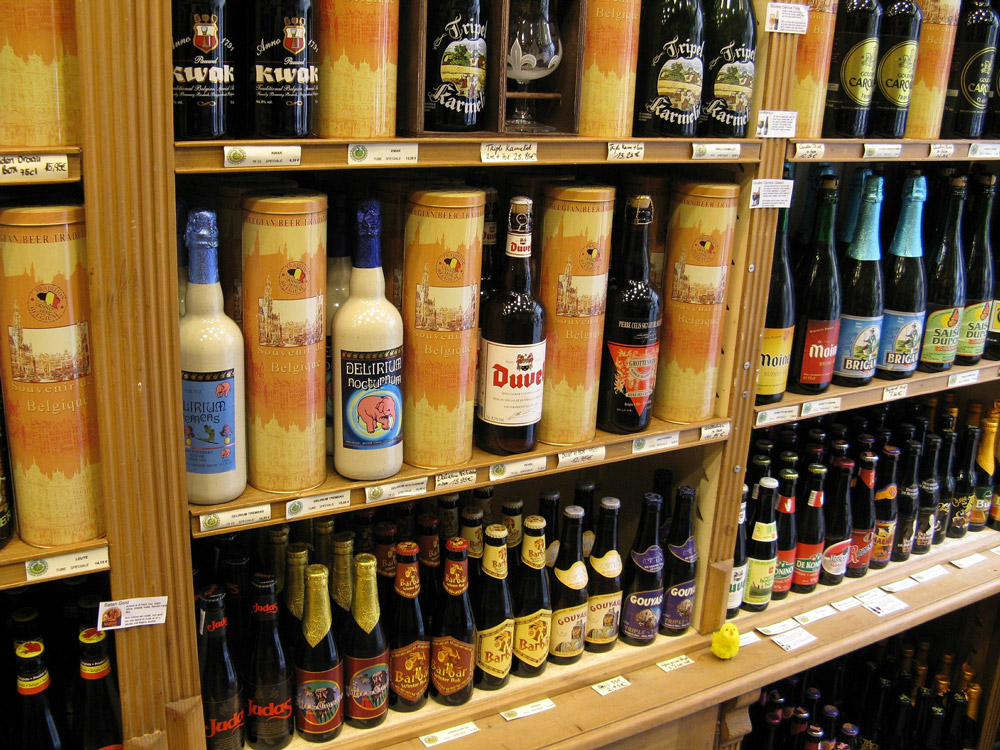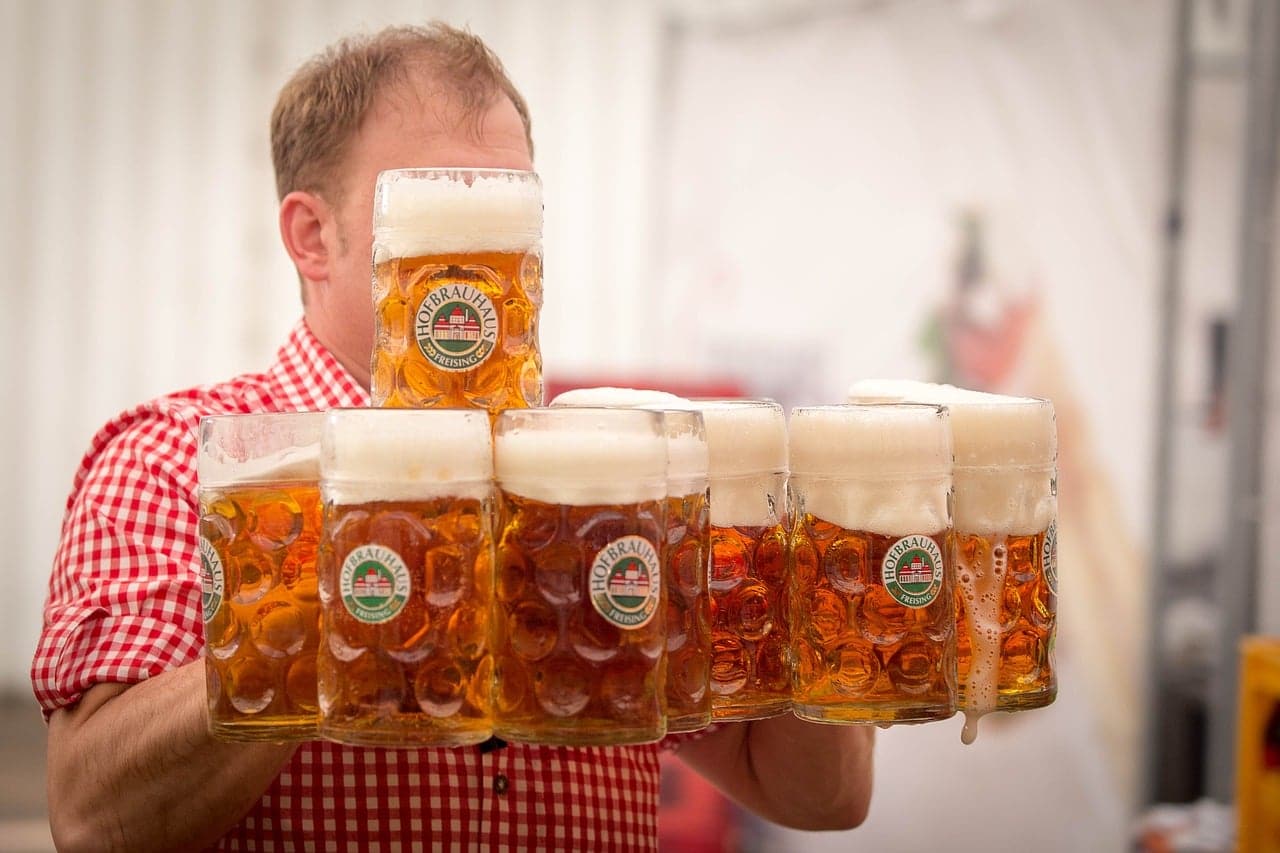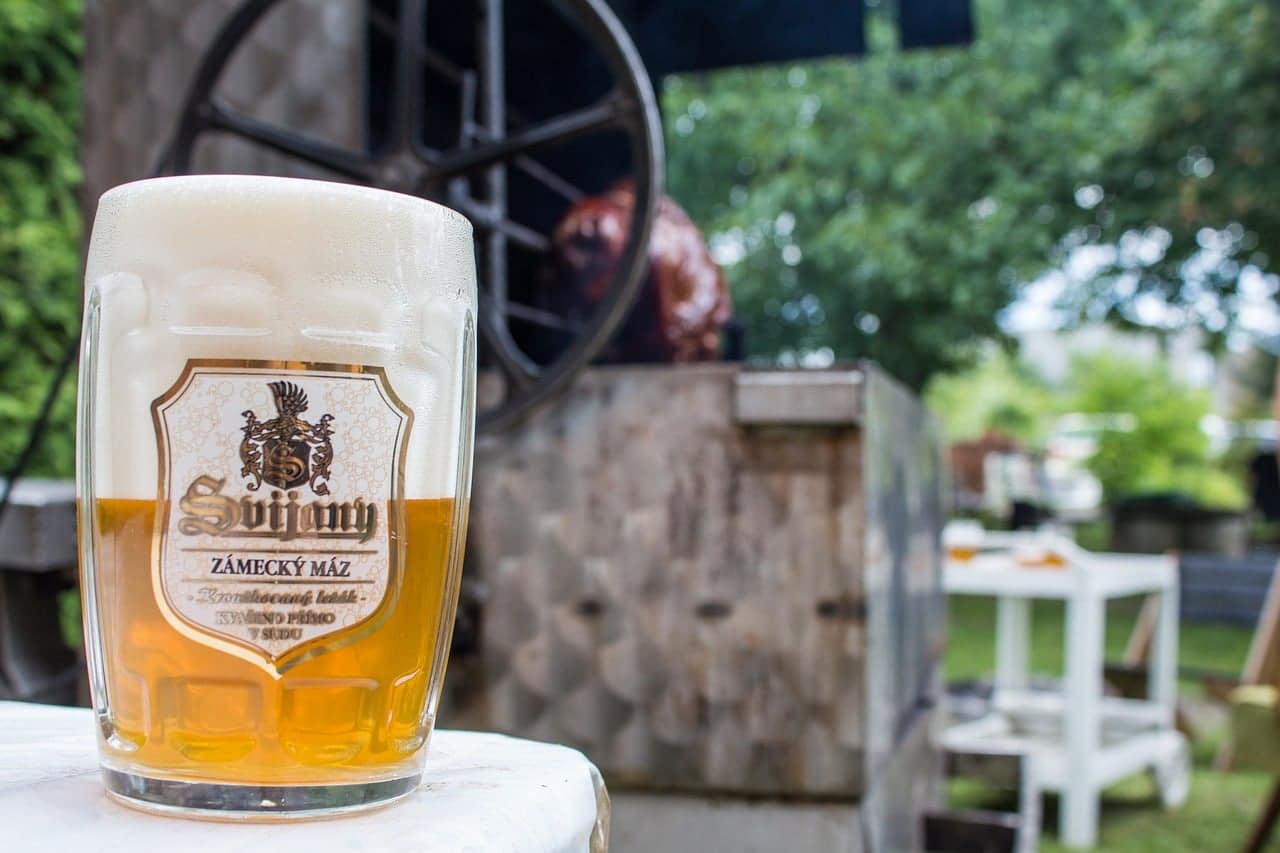If you’ve been scanning beer brands and varieties, you may have noted quite a few sporting the word “dry” on the label.
In Australia, dry beer along with low-cal beer, represents more than 15% of the total Australian beer market. This has bolstered brewing companies like Coopers, Toohey’s, and Carlton to launch their own dry beer.
Even if it’s a hit with a lot of consumers, the term “dry” is still puzzling for some. One Quora question even went so far to ask why beer would be called “dry” when it’s made mostly of water.
To feed our curiosity, we’ve gathered some interesting facts about dry beer, including what exactly makes a beer dry and how different brands per country are when it comes to this type of beer.
So, grab a bottle and read on to find out everything about dry beer.
Check dry beer prices on Amazon or the Beer Cartel.
What is dry beer?
Obviously, dry beer is not devoid of water or liquid. The term “dry” was first used to describe the lack of residual sweetness that characterises traditional beer types like stouts or porters. It has nothing to do with the water content.
Basically, dry beer is a type of beer with a crisp finish, light body, and little to no sweetness. Aside from this, dry beer generally has an absence of aftertaste. This gives it a clean and refreshing taste in spite of the strong alcohol content.
What Is Extra or Super Dry Beer?
In dry beer, the fermentation process is extended to allow for more natural sugars to break down and convert to alcohol. Varieties that are termed “super dry” undergo even longer fermentation, resulting in a beer that is full in strength but has fewer carbs.
Dry Beer History: Chugging Down Memory Lane
According to The New York Times article published in 1989, dry beer was first introduced in Japan in 1987 and was subsequently adopted by brewers in Europe and North America.
The first dry beer on the market was the Japanese brand Asahi Super Dry, launched in March 1987.
Developed as a result of consumer research, the formula immediately dominated the Japanese market. Other brands like Kirin, Sapporo, and Suntory International jumped on the bandwagon, resulting in dry beer having a huge 40%-chunk of the Japanese beer market share at the time.
The dry beer trend also spread to the US, Europe and Australia, with several domestic brands introducing their dry brew from the 90s to early 2000s.
What’s interesting about dry beer is how brewers around the world have different takes on how it’s supposed to taste. For instance, in Japan, the beer has more alcohol than regular brews, which is not the case for American-made dry beer.
And while American and Japanese brewers emphasise the clean aftertaste and higher carbonation, Europeans do not necessarily espouse this belief in their dry beer varieties.
Writer Florence Fabricant states that dry beer “appears to be an elastic concept that the beer industry is stretching over a batch of stylish selling points,” which suggests that dry beer takes on characteristics that consumers in a given area would favour.
A Unique Brewing Process
The unique flavour profile of dry beer is the result of a special brewing technique. It starts with mashing malted barley and water into a sweet liquid called wort. The mashing is done at higher temperatures to break down more starches and decrease the amount of residual sugars. The liquid is boiled for several hours then fermented. During the fermentation process, the yeast breaks down sugars in the wort and produces alcohol and carbon dioxide as by-products.
Sugars that are not broken down during the process give beer its sweet flavour. To lessen the sweetness, a specific strain of high-performing yeast that can ferment more sugar is used for dry beer. More adjuncts such as rice or corn are also included in the mash to make the beer lighter and drier. Other techniques to brew dry beer include using little to no crystal malts for lighter alcohol content and mashing low to encourage enzyme activity.
Australian Dry Beers
One of the first dry beers to hit the Australian market, Hahn SuperDry has become the frontrunner in bringing that crisp, dry taste to the country. This beer has very low-calorie content with just 0.7% carbs per 100 ml. That’s 70% less than regular beer. It’s also 99.99% sugar-free, which makes it perfect for those who are looking for a lighter beer option.
In a beer and cider market overview released in 2022, Carlton Dry and Tooheys Extra Dry made it to the top ten leading brands. Another popular fave is Coopers Dry from one of Australia’s oldest breweries. They’re definitely worth trying if you’re looking for crisp and refreshing beer down under.
Check dry beer prices on Amazon or the Beer Cartel.
Japanese Dry Beers
Asahi Super Dry is the first dry beer of Japan–and the whole commercial world–which has now become a global icon. The beer’s formulation was developed based on consumer research highlighting the need for a kind of beer that could work with the delicateness of Japanese food without overpowering the palette. This beer features a crisp and dry taste described as Karakuchi.
American Dry Beers
The biggest market to go along with the dry beer trend, American brands started brewing their own formulations in the ‘80s. However, what they market as “dry beer” often belongs to a wider range of beer types. Bud Light, Coors Light, and Miller Light are all light lagers with a dry finish but are considered dry beer. Michelob Ultra, with its low-carb, low-calorie mix, is also marketed as dry beer.
European Dry Beers
European dry beer, like American varieties now, is more of dry-hopped beer than dry beer. Instead of the yeast activation typical in Japanese dry beer, it undergoes dry hopping. Holsten Dial Pils is one of the most popular ones in Europe. This dry German beer has very low sugar content and a crisp taste. Guinness and other Irish stouts are also classified as “dry” because they are less sweet than other stout types. However, they are far from being light and crisp like Japanese dry beer.
Check dry beer prices on Amazon or the Beer Cartel.
What does a dry lager pair well with?
Beer is a great beverage to pair with meals due to its ability to cleanse the palate and distinct flavour that can highlight a certain taste.
For dry beer, the crisp and clean body of flavour goes well with bold food combinations, such as spicy stir-fries, barbecue, and curried dishes. Pizza is also a nice food to pair with dry beer, as the carbonation balances the acidity of tomatoes and heaviness of cheese.
Light flavours also go well with dry beer, as what the Japanese swear by. A light lager accentuates the taste of sushi, shellfish, and fresh seafood.





3 Comments
Rheingold Breweries produced an “Extra Dry” beer until they shut down operations in 197
https://en.wikipedia.org/wiki/Rheingold_Brewery
> However, today there are still brands such as Sierra Nevada with their Torpedo Extra IPA and Anchor Brewing with Liberty Ale that feature dry hopping in the brewing process.
“Dry-hopping” has nothing to do with dry beer whatsoever. Neither Torpedo nor Liberty Ale are dry beers.
Sorry, Stag beer made by Carling was brewed to be “As Sugar-free as Beer Can Be” in the 1940’s, well before the late ’80’s. Also, let’s not confuse dry hopping with dry beer here.